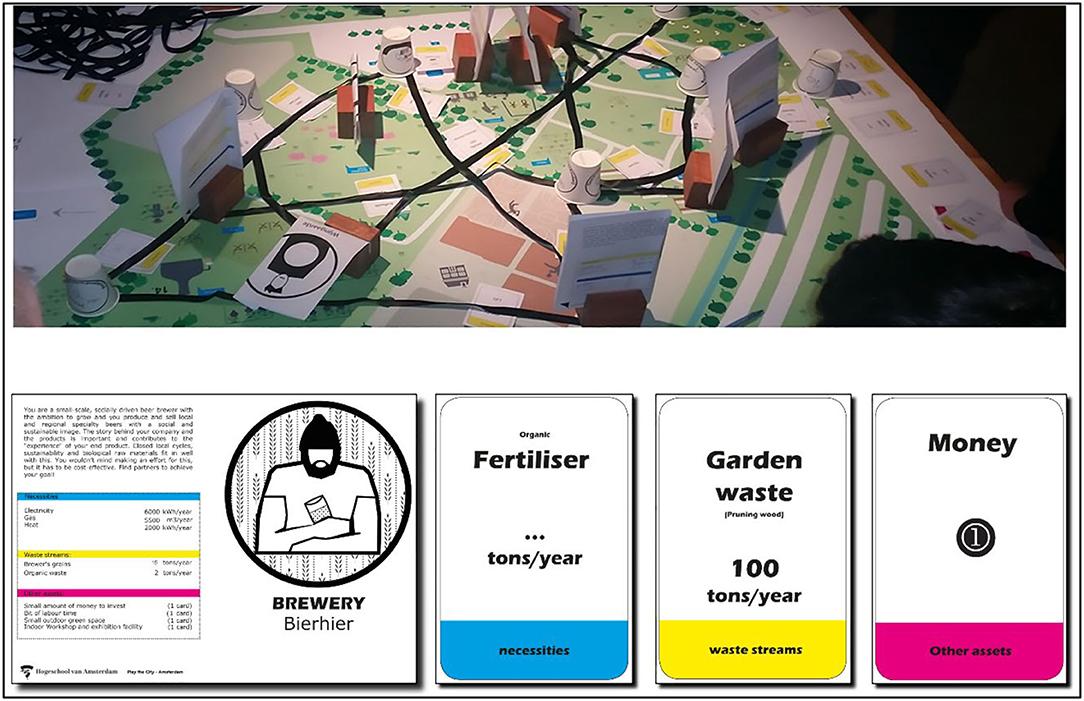How Game-Based Learning Transforms Student Feedback and Engagement
Game-based learning is revolutionizing the educational landscape, promoting active participation, deeper understanding, and meaningful student feedback. Educators worldwide are leveraging gamification strategies to enhance student engagement and foster collaborative learning environments. In this extensive article,we explore how game-based learning transforms the classroom experience,particularly by improving student feedback and engagement.
Understanding Game-Based learning
Game-based learning (GBL) integrates game principles into educational activities to motivate and engage students. Unlike traditional teaching methods, GBL employs interactive, goal-driven content, such as quizzes, simulations, and digital storytelling, to reinforce curriculum topics. By making learning fun and immersive, GBL dramatically increases student participation and ownership of the learning process.
Key Elements of Game-Based Learning
- challenges and Rewards: Students are encouraged to achieve specific objectives for rewards or badges.
- Immediate Feedback: Learners receive or give instant feedback, enabling continuous advancement.
- Progress Tracking: progress bars, levels, and scores visually track achievement.
- Collaboration and Competition: Group tasks or leaderboards cultivate teamwork and healthy competition.
Benefits of Game-Based Learning for Student Engagement
Game-based learning enhances student engagement by making lessons interactive and personally relevant. below are the primary benefits that schools and educators are witnessing:
1. Increased motivation
Game elements such as points, leaderboards, and achievement badges incentivize students to participate. Learning becomes a rewarding experience, encouraging persistence and effort even in challenging tasks.
2. enhanced Collaboration
Many games require group participation or teamwork, strengthening communication skills and mutual respect. Students feel more connected to their peers, improving classroom dynamics.
3.Instant Feedback Mechanisms
With digital games and platforms, feedback is immediate and personalized. This helps students understand errors, learn promptly, and adjust their strategies for success.
4.Individualized Learning Paths
Games frequently enough adapt difficulty levels and content based on user performance, allowing personalized education tailored to each student’s abilities and competencies.
5. Improved Retention and Understanding
Game-based learning utilizes active learning modes that improve memory retention and the ability to apply concepts in real-life scenarios.
How Game-Based Learning Transforms Student Feedback
Effective student feedback is essential for learning and growth. Game-based learning greatly enhances the quality and relevance of feedback in several ways:
A.Real-Time Feedback and Progress Indicators
- Immediate Responses: Students are informed instantly about their answers through visual or audio cues.
- Adaptive Suggestions: Suggestions or hints are provided when students make mistakes, guiding them toward the correct solution.
- progress Visualization: Bars, badges, or levels track student mastery and show progress over time.
B.Peer-to-Peer Feedback
Many educational games encourage peer assessment. Students provide feedback on each other’s performance, fostering critical thinking skills and collaborative support.
C. Teacher Analytics and Insights
- Educators receive detailed analytics on student participation, strengths, and areas for improvement.
- This data allows teachers to tailor future lessons and individualized feedback.
Practical Tips to Implement Game-Based Learning for Feedback and Engagement
Educators interested in integrating game-based learning into their classrooms should consider the following strategies:
- Start Small: Introduce simple games or quizzes to gauge student response before integrating complex systems.
- Select Relevant Tools: Use platforms like Kahoot!, quizizz, or Minecraft: Education Edition that support instant feedback and analytics.
- Customize Content: Tailor games to fit curriculum objectives and the unique interests of students.
- Encourage reflection: After game sessions, prompt students to reflect on their learning and feedback received.
- Promote Teamwork: Use collaborative games to foster group problem-solving and peer feedback.
Case Studies: Game-Based Learning in Action
1. Middle School Science – Boosting engagement with interactive Simulations
At Evergreen Middle School, teachers introduced science games that simulate chemical reactions. Students reported higher engagement and were able to correct misconceptions immediately thanks to real-time feedback provided by the game. Test scores improved by 15% and classroom attendance increased as students were excited for the next session.
2. Language Arts – Enhancing Peer Feedback through Storytelling Platforms
In a high school English classroom, educators used game-based digital storytelling. Students wrote, edited, and reviewed peers’ narratives through interactive platforms. Peer assessment became more constructive; feedback was specific,immediate,and actionable.
3. Math Gamification – Personalized Learning and Feedback
Mountainview Elementary adopted a math app that personalized questions based on student performance. Instant feedback guided struggling learners and challenged advanced students, resulting in improved confidence and skill mastery.
First-Hand Experience: A Teacher’s Outlook
“Game-based learning completely changed the way my students approached feedback,” shares Sarah Lin, a fifth-grade math teacher. “They’re not afraid to make mistakes now – they look at each error as an chance to earn points, improve, and work together. Real-time feedback helps them fix problems instantly, and I’m able to track progress much more effectively.”
Such testimonials highlight the profound impact of gamification on student engagement and the feedback process.
Best Practices for Maximizing SEO and Content Visibility
- Use keywords like game-based learning, student feedback, and student engagement organically throughout content.
- Structure posts with proper
H1, H2, andH3tags for better indexing. - Include relevant meta titles and descriptions with focus keywords.
- Integrate internal and external links to authoritative sources when appropriate.
Conclusion: The Future of Game-Based Learning in Education
As schools strive to create more student-centered and interactive curriculums, game-based learning stands out as a powerful tool to boost student feedback and engagement. By providing immediate,actionable insights and making learning enjoyable,GBL empowers both learners and educators. Its long-term promise lies not just in higher test scores, but in preparing students with the collaboration skills, problem-solving abilities, and confidence they need to thrive in a 21st-century world.
Adopting game-based learning strategies can be transformative – not only for feedback and engagement but for the holistic progress of every student. whether you’re a teacher, school administrator, or parent, now is the perfect time to explore how game-based learning can reshape educational outcomes.

